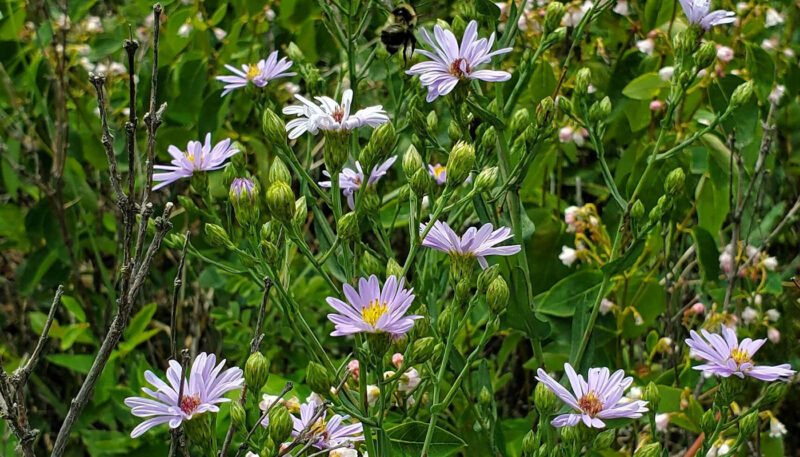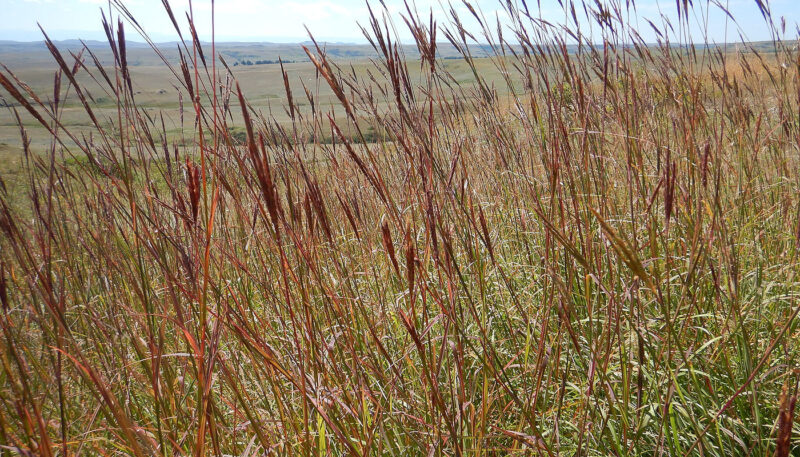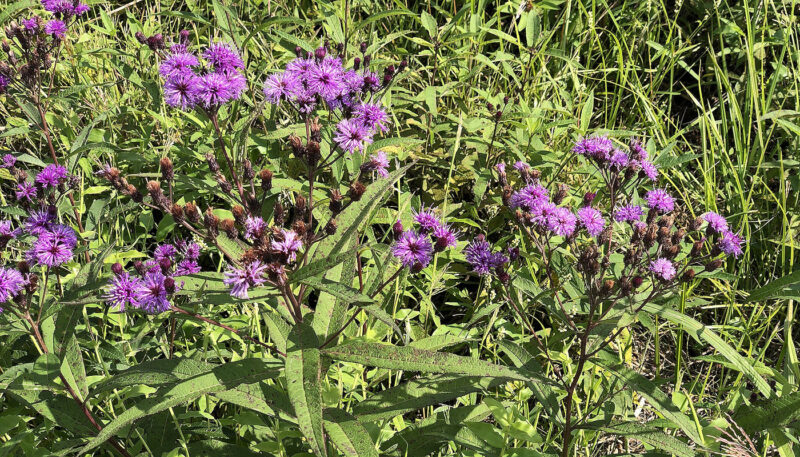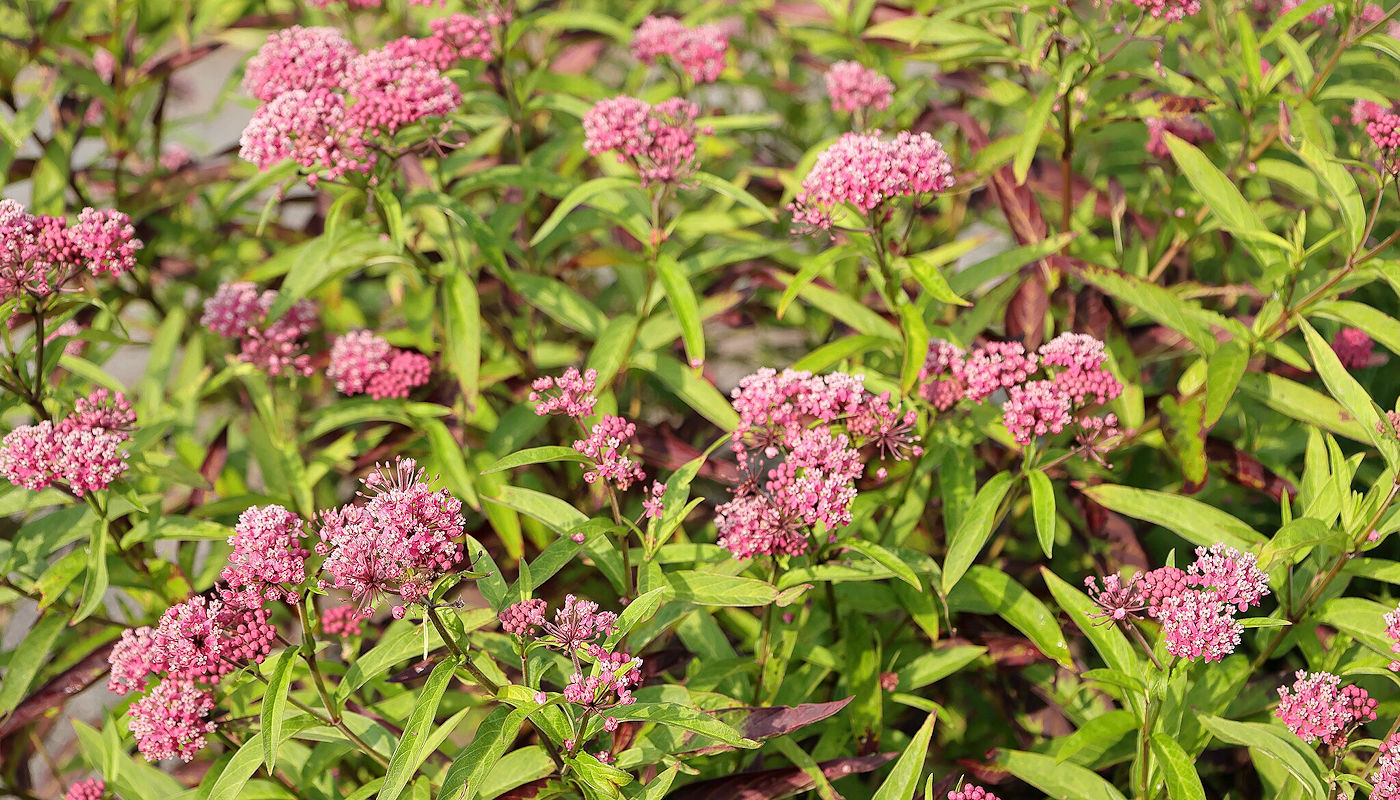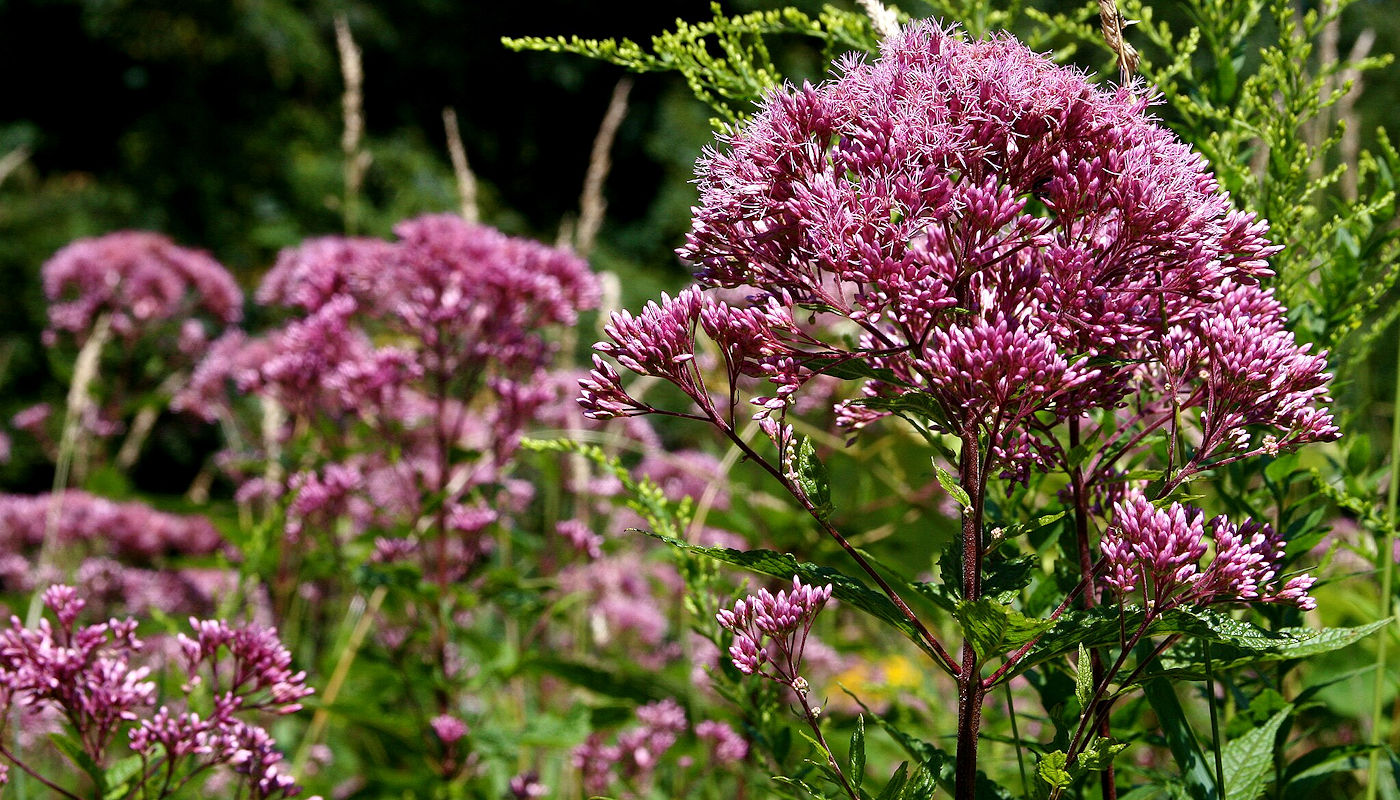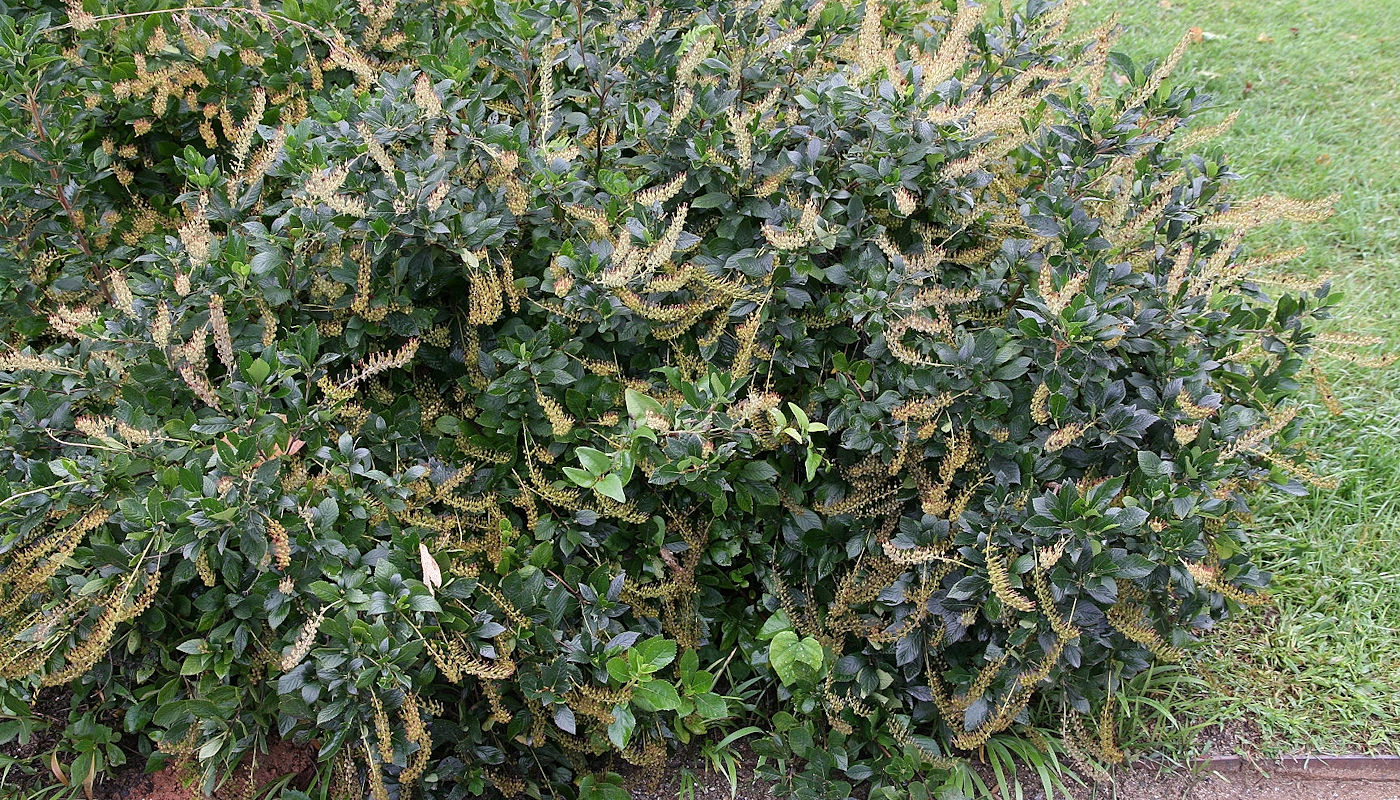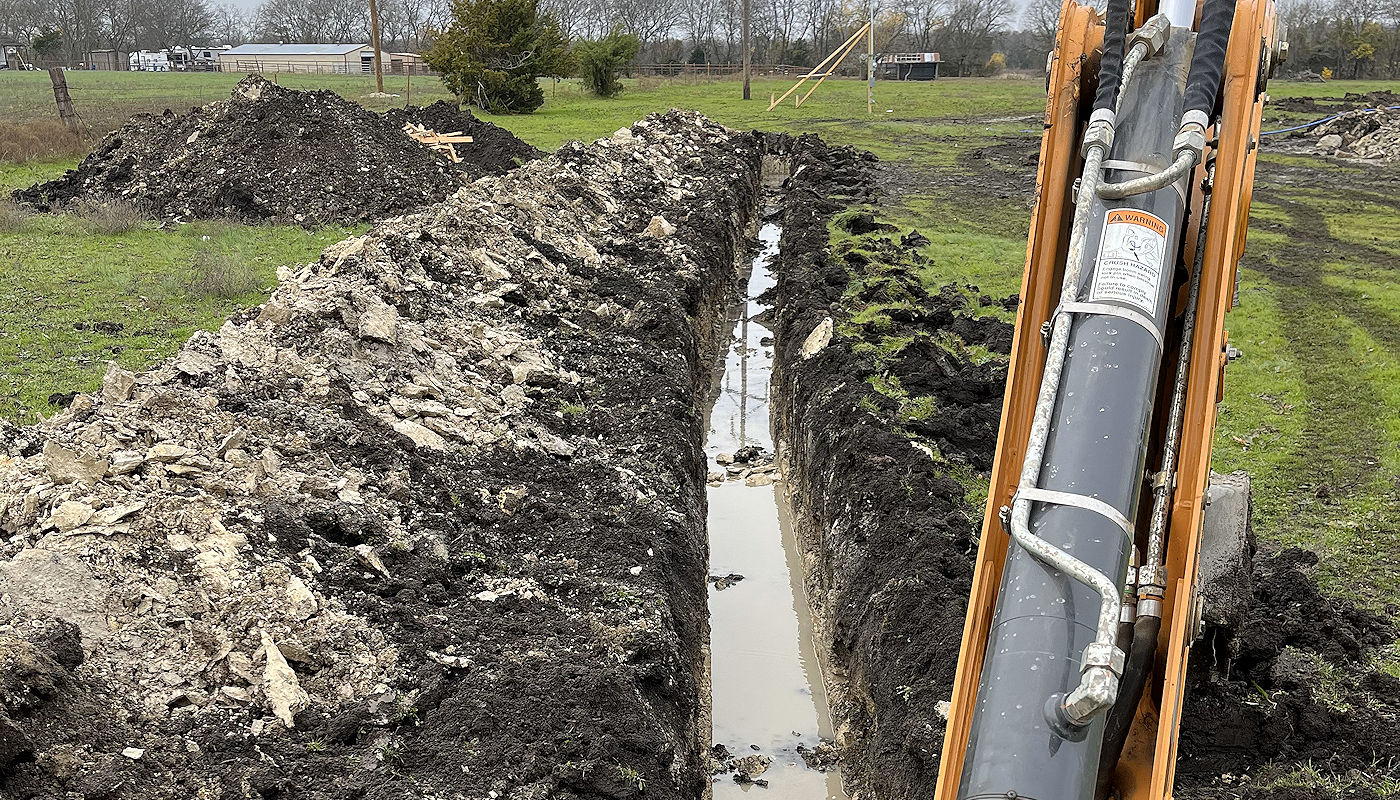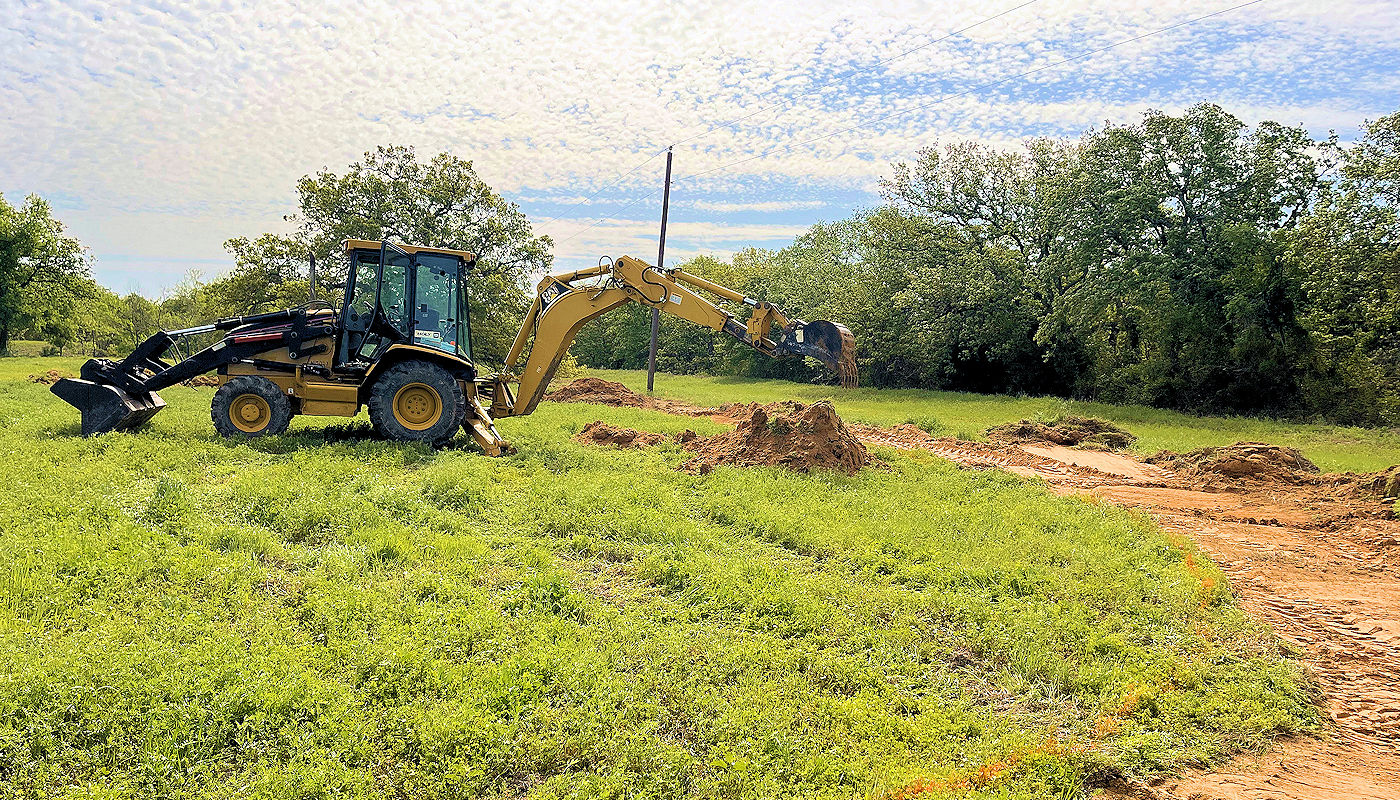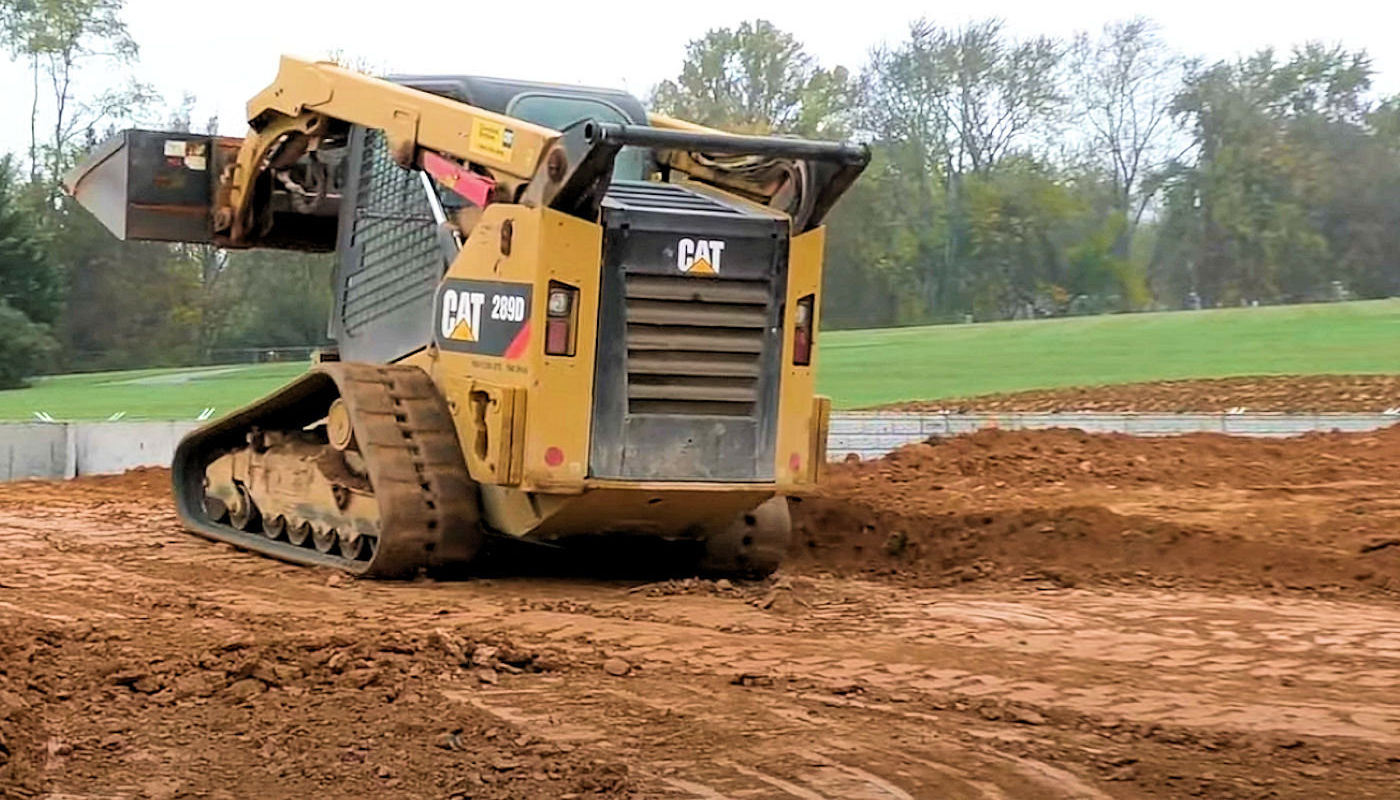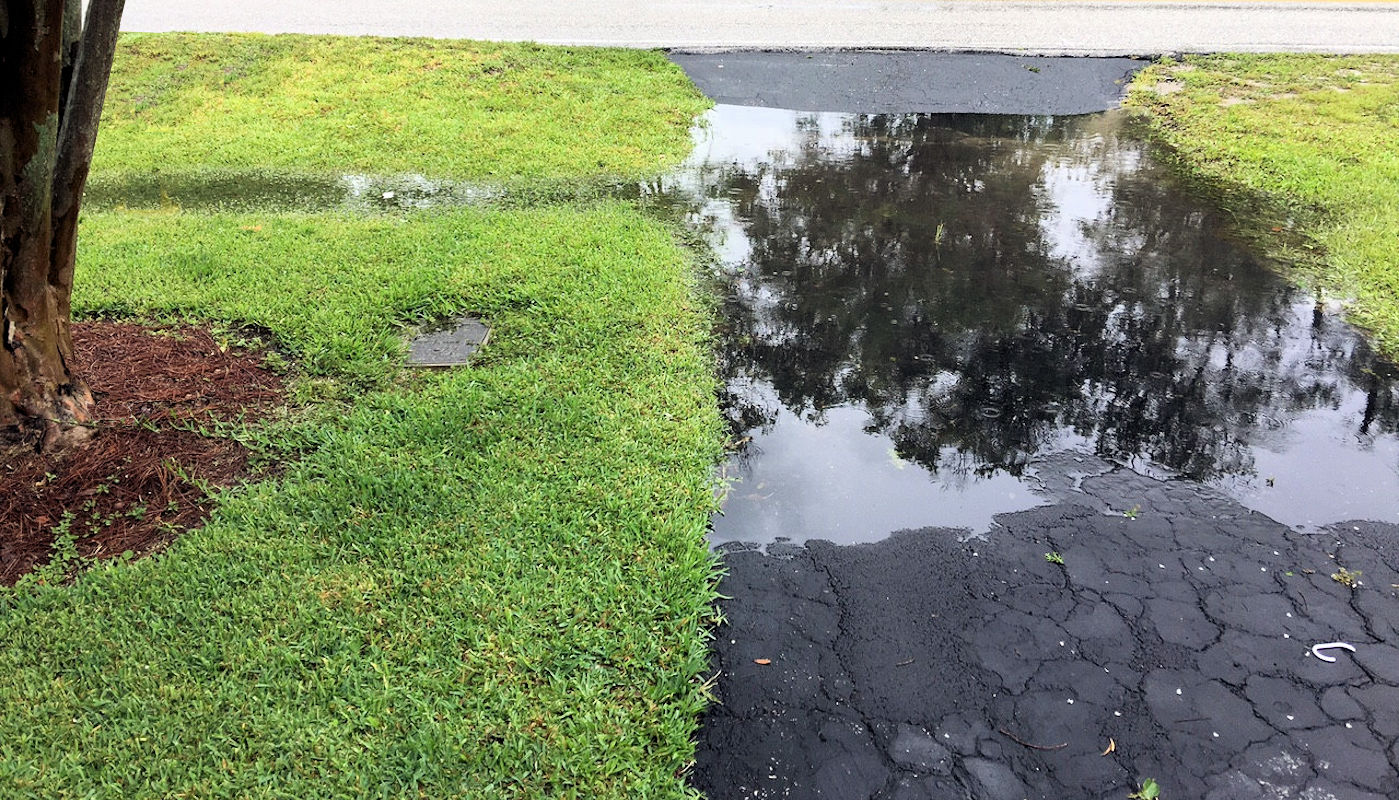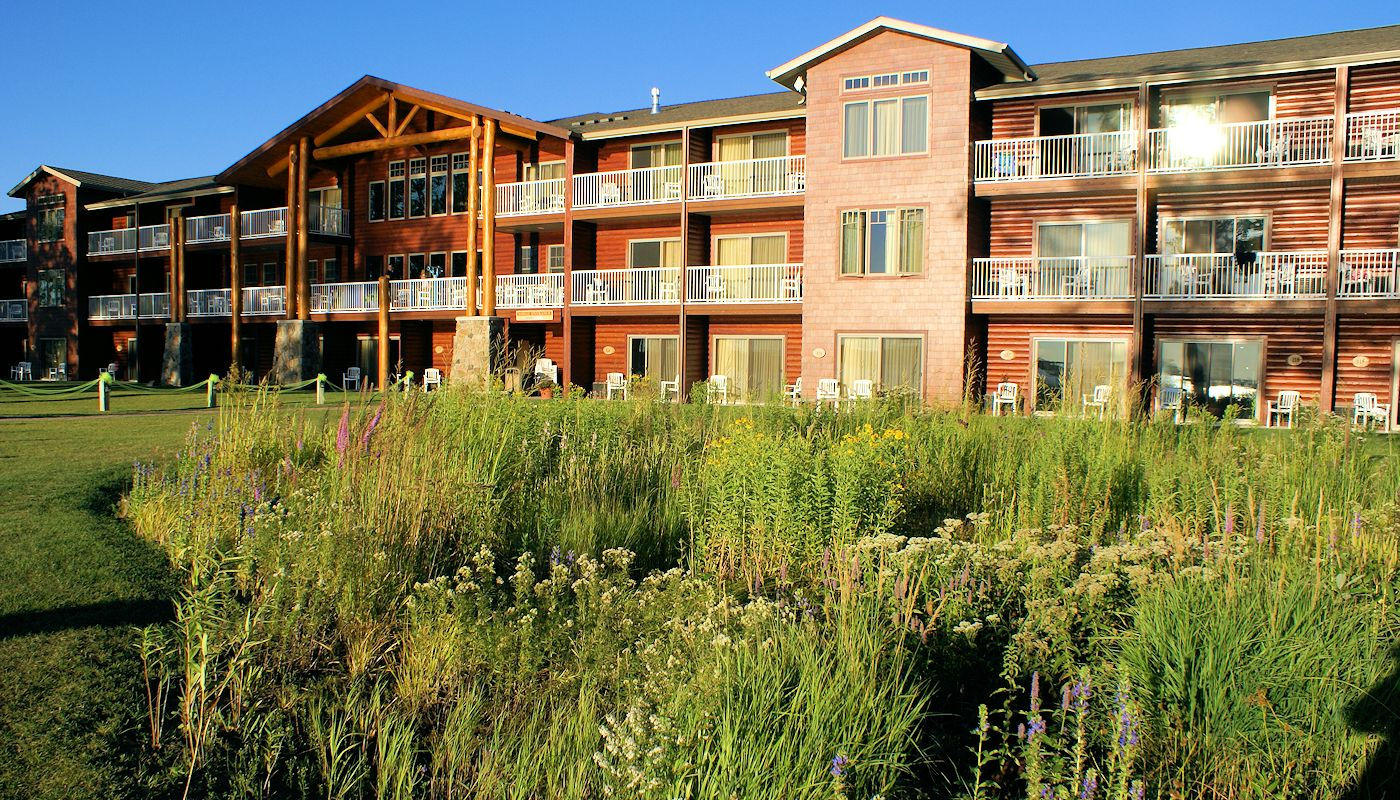

Add a Rain Garden for Drainage Control
& Landscaping Beauty
Landscape Grading & Drainage Services from Texoma Excavation & Construction
Add a Rain Garden for Drainage Control & Landscaping Beauty
Landscape Grading & Drainage Services from Texoma Excavation & Construction
A rain garden is a type of landscaped garden site designed to capture and absorb stormwater flowing away from your house or some other area of your residential or commercial property that will benefit from this drainage method. Rain gardens are a very practical way to address many drainage issues with the added benefit of being an attractive landscaping features. They are built in a depression at the bottom of a slight slope, using pipes or swales (stone channels like small streams) to capture fast-moving rainwater.
Rain gardens rely on plants and natural or engineered soil medium to retain stormwater and increase the lag time of infiltration, while remediating and filtering pollutants carried by urban runoff. They provide a method to reuse and optimize any rain that falls, reducing or avoiding the need for additional irrigation [10].
Rain gardens act as temporary bathtubs, holding polluted water as plant roots and soil filter out pollutants. Water percolates out of the rain garden into the surrounding soil, recharging the groundwater and taking a load off your local sewer system. Rain gardens divert rainwater from your roof, driveway, and other surfaces that water cannot infiltrate (cannot absorb) away from the foundation of your home to reduce the risk of water damage. They also decrease the level of runoff that flows into the storm sewer and harms local aquatic ecosystems.
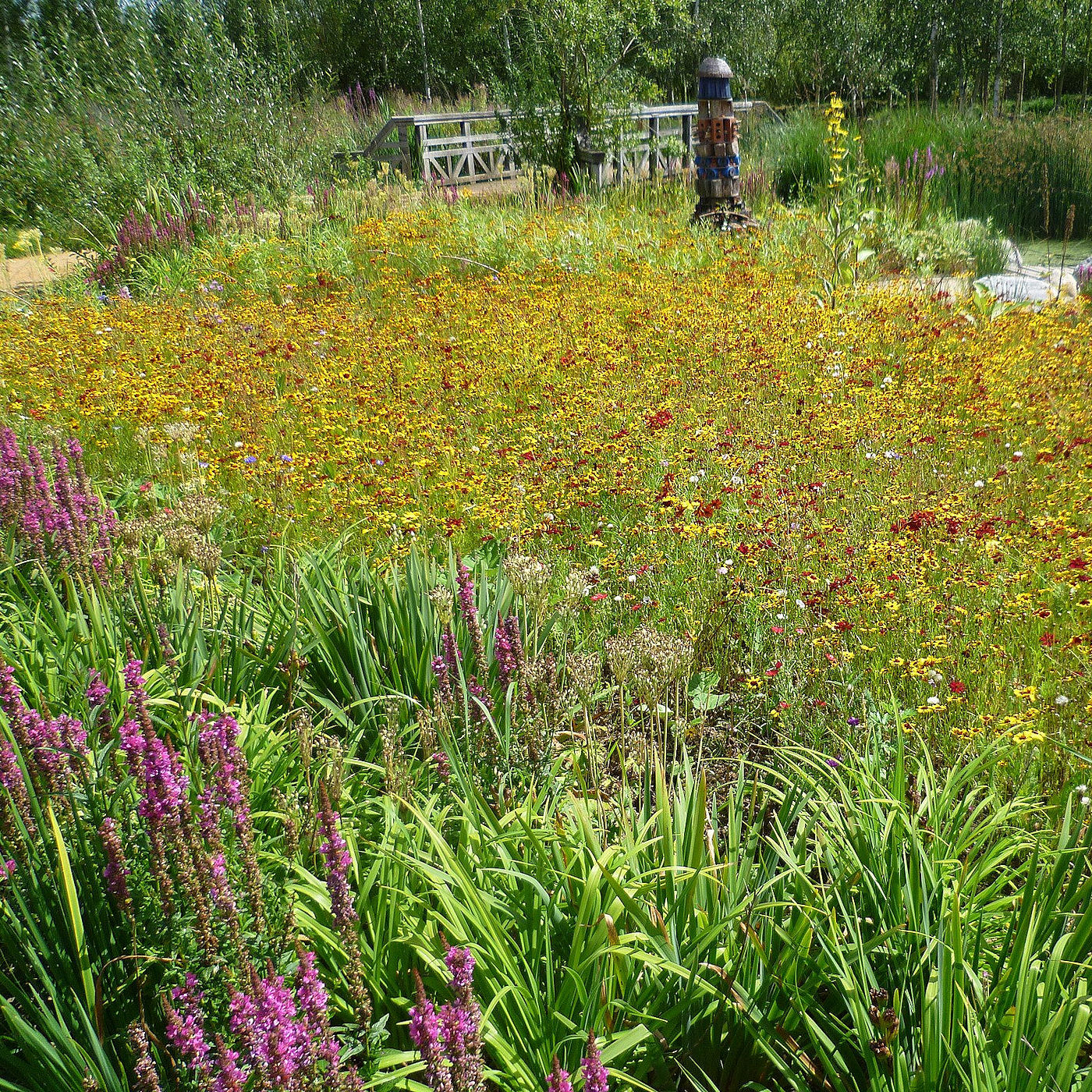
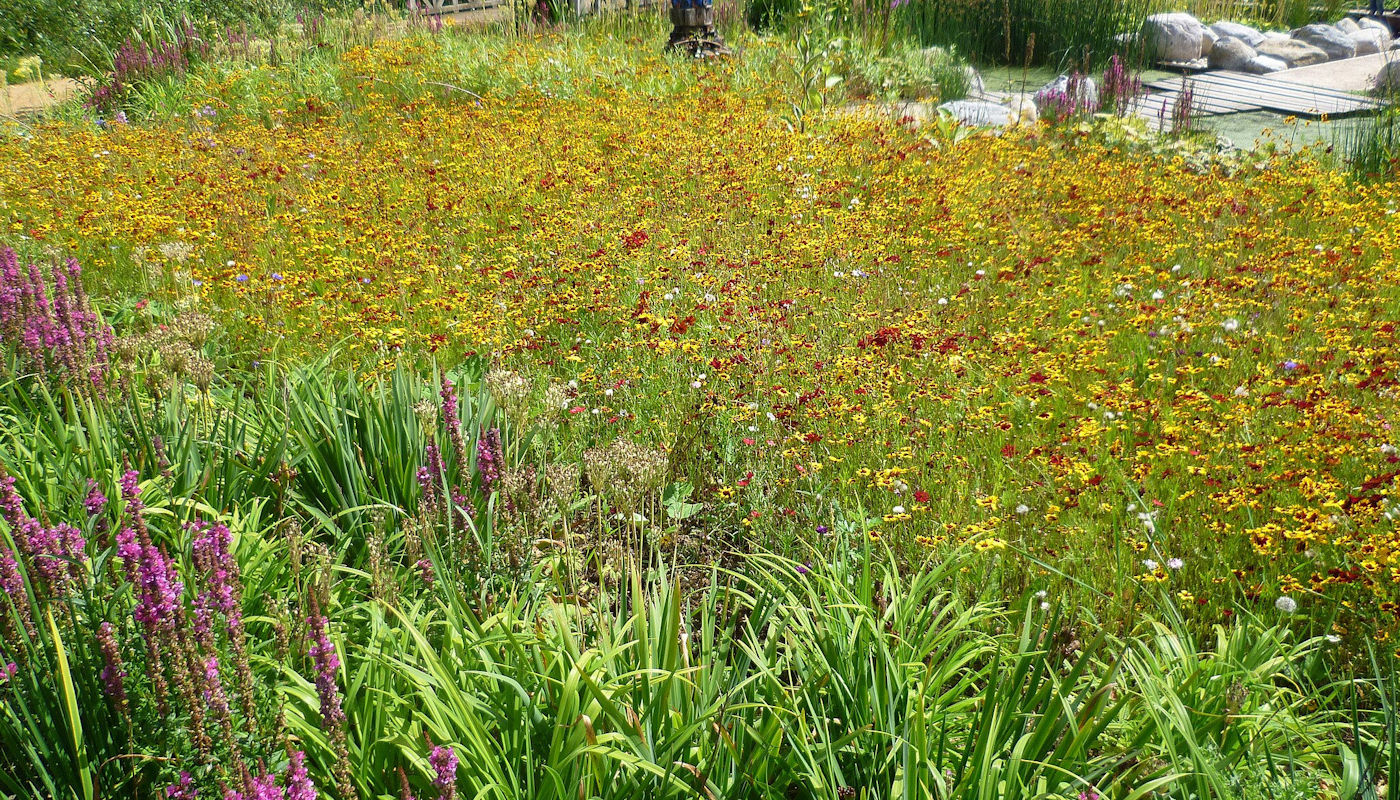
What are the benefits of a rain garden?
What are the benefits
of a rain garden?
Rain gardens are a great way to protect your home and property from water damage and flooding, improve your lawn and landscape drainage, and do wonders for the environment.

What are the steps in planning &
building a rain garden?
What are the steps in planning
& building a rain garden?
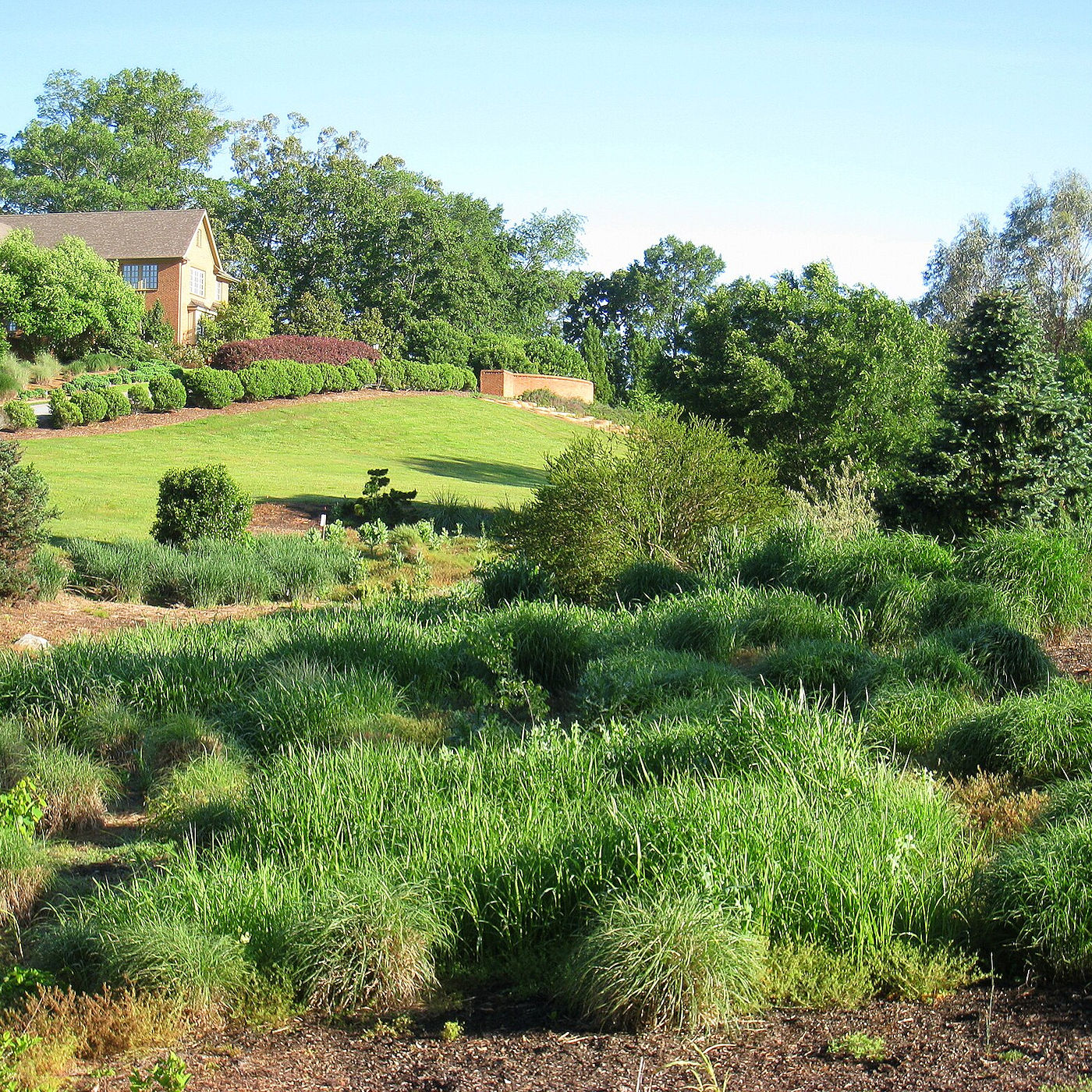
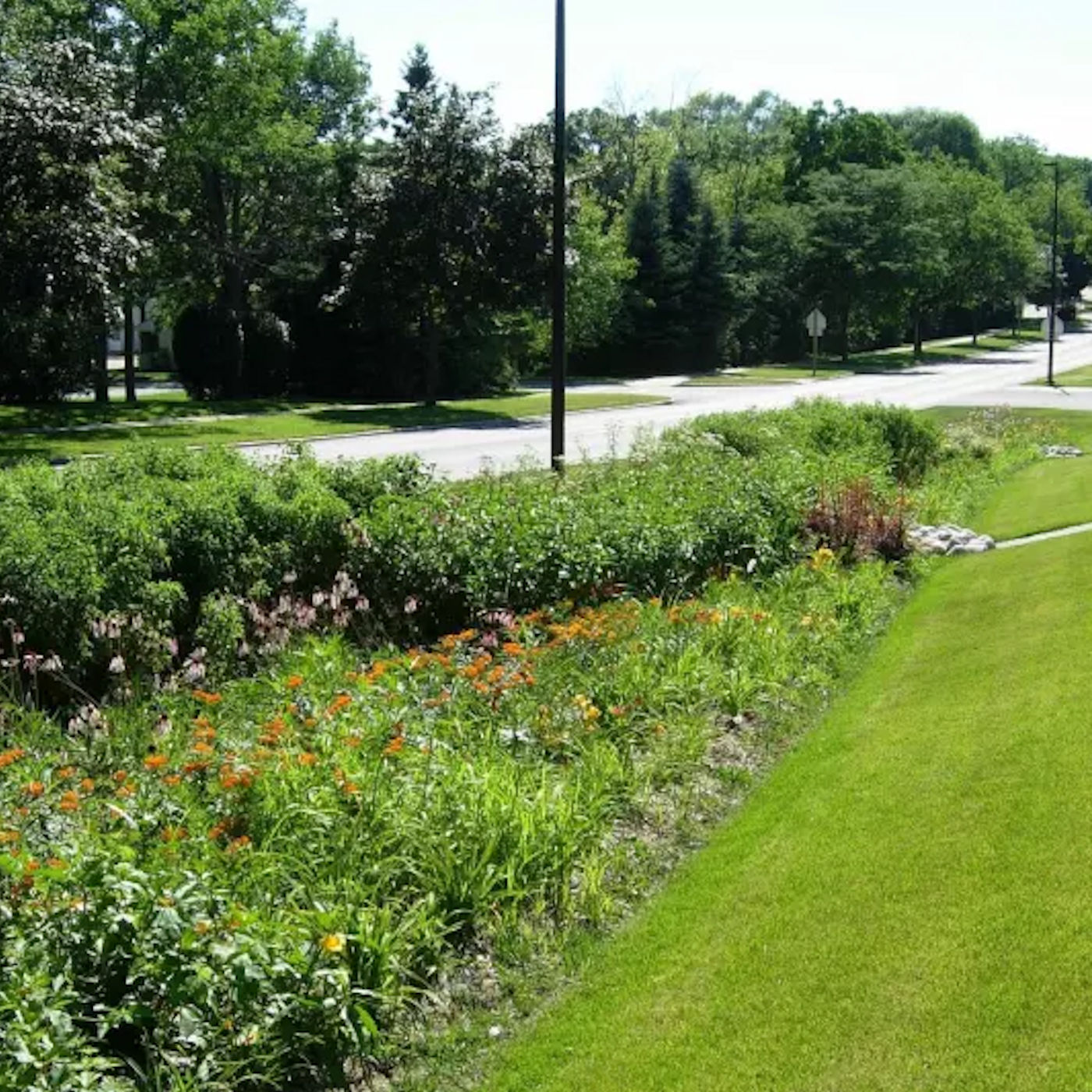
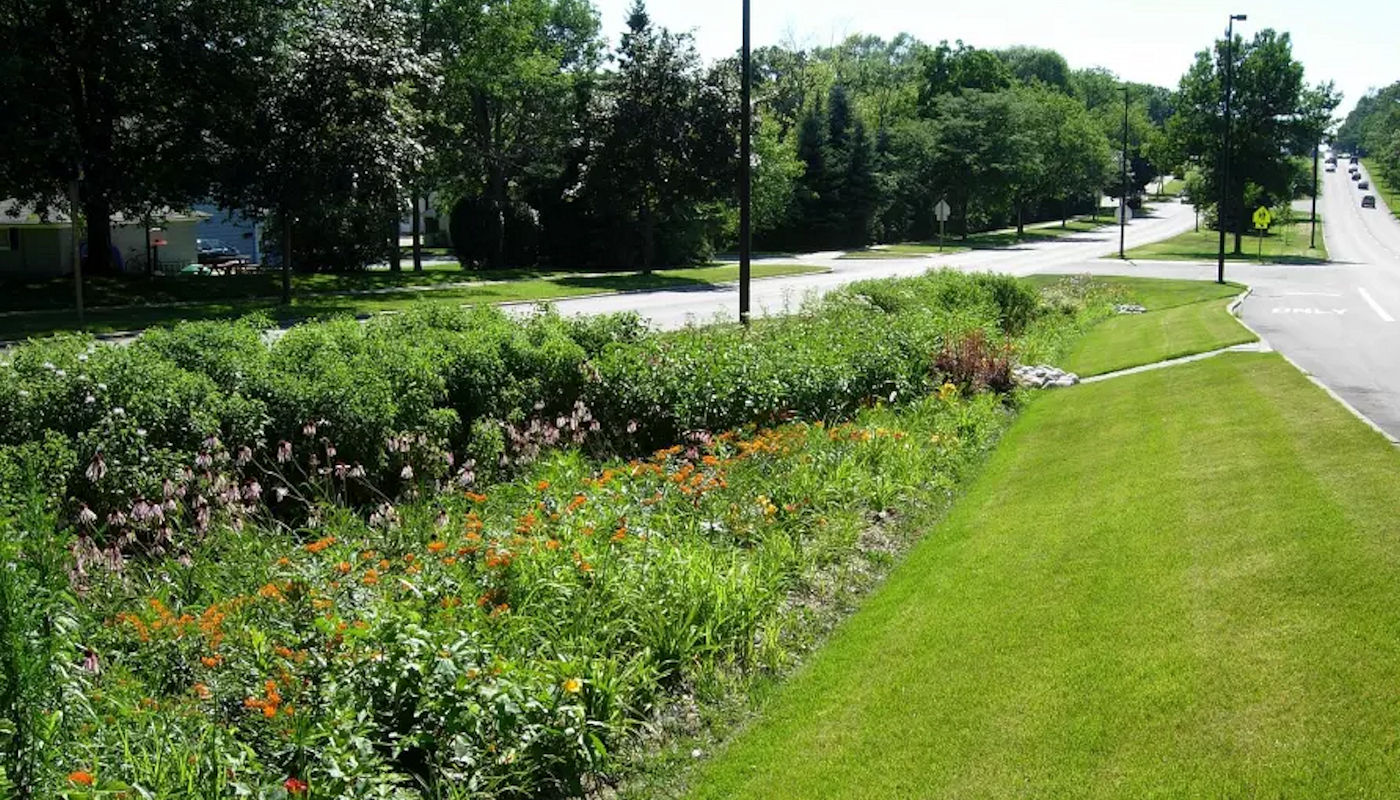
Where To Build (and not to build)
Your Rain Gardens
Where To Build (and not to build)
Your Rain Gardens
Types of Rain Gardens
Plants that will thrive in a Rain Garden
There are many plants that can thrive in a rain garden, here are some general options to consider:


